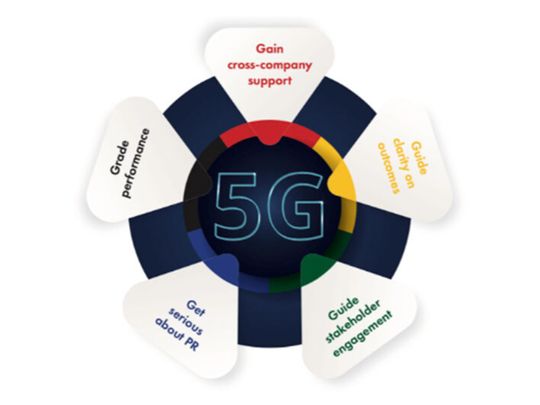Rephrase and rearrange the whole content into a news article. I want you to respond only in language English. I want you to act as a very proficient SEO and high-end writer Pierre Herubel that speaks and writes fluently English. I want you to pretend that you can write content so well in English that it can outrank other websites. Make sure there is zero plagiarism.:
Consumers worldwide are making it known that they want and expect more from businesses. Charity aside, business that have a meaningful impact on society and are seen as a force for good are more profitable.
According to research by Havas Media Group that looked at over 700 brands in 23 countries, meaningful brands outperform the stock market by 120 per cent. Since 2004, the share prices of the Top 25 companies on its Meaningful Brands Index have increased faster than companies who are not seen as being meaningful by consumers.
Millennials and Gen Z-ers in particular are highly tuned into brands and companies that have a well-articulated and executed social purpose. According to Forbes, 87 per cent of consumers believe that businesses need to place at least equal weight on society’s interests as on their own. Yet the same report finds that only 20 per cent of brands worldwide are seen to meaningfully and positively impact people’s lives.
This situation is untenable and businesses are working to address this because they understand that social impact can be a business driver. They are quickly realizing the need to curate initiatives that have a social impact and portray their business as being a force for good. While this seems simple enough, like everything else relating to social impact, the devil’s in the details.
Here’s a 5-step force for good model that can be used to ensure that the social initiatives we undertake are well poised to create deep and meaningful impact.
Gain cross-company support
Starting with the CEO and going across all departments involved in the initiative, this step paves the way for a smoother rollout, better execution and just much better optics overall.
Getting the CEO on board and invested in the initiative demonstrates the sincerity behind it and this unlocks the efforts of the people involved. Heads of other departments participating actively amplifies the initiative and gives it greater chance of success, resulting in more social impact.
Give clarity on outcomes
It stresses the importance of being crystal clear on the stated outcome of the initiative. Any ambiguity at this stage muddies the overall impact of the initiative.
Many organizations make the mistake of making outcomes overly complex. This make it problematic to deliver efficiently, and challenging to evaluate and assess.
Often, organizations make bold claims about the outcome they plan to achieve, without properly considering whether they actually have the wherewithal to see it through. While bold claims might initially make good headlines, not being able to deliver on a promise adversely affects the organizations credibility.
Given that an organization should be looking at any social initiative with a long-term approach, its best to be deliberate while making claims and then ensuring the outcome. This builds confidence in the brand and organization and, by extension, in the social initiative.
Guide stakeholder engagement
The initiative should provide a powerful platform to engage various stakeholders – customers, suppliers, employees, etc. It’s important to guide that engagement, by clearly letting stakeholders how they can help facilitate the initiative.
This engagement needs to more holistic and not just transactional so as to get the stakeholders to feel like they are an integral part of the initiative. This increased engagement leads to greater buy-in and ownership, which translates into increased social impact.
Get serious about PR
A critical aspect of the social initiative is to get word out so that it gains traction and attention in the market. And this goes way beyond just issuing a press release, it involves getting feedback, testimonials, video footage, independent press coverage and other content that can be repurposed across social media channels to magnify the impact created.
Being intentional about creating and executing on a detailed media plan is a key part of what drives success and clearly illustrates how the business is a force for good.
Grade performance
Grading the performance of the initiative both in qualitative, as well as quantitative terms is important for evaluating the success of the current initiative. It reveals gaps in the planning and execution of the initiative. A definitive plan can then be put in place to plug these gaps and improve the performance and thus the social impact.
Being able to boast a high CSAT score also does wonders for team morale not to mention serves as great supporting evidence for promoting similar initiatives in the future.
Organizations realize that they need to contribute to society in meaningful ways, not only is this expected by consumers today, it’s also a good business driver. This 5G force for good model lays out and explains the various components that can be to ensure that the social initiatives we undertake all deliver deep social impact and help businesses be a force for good.

I have over 10 years of experience in the field of cryptocurrency and blockchain technology. I have attended numerous conferences and events around the world, and my work has been featured in major publications such as CoinDesk, Bitcoin Magazine, and Yahoo Finance.


